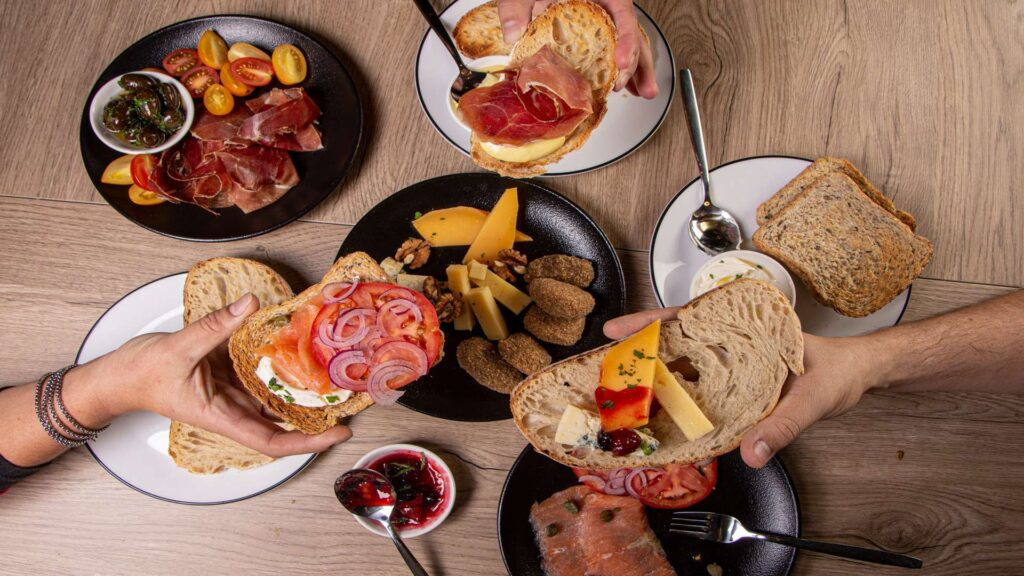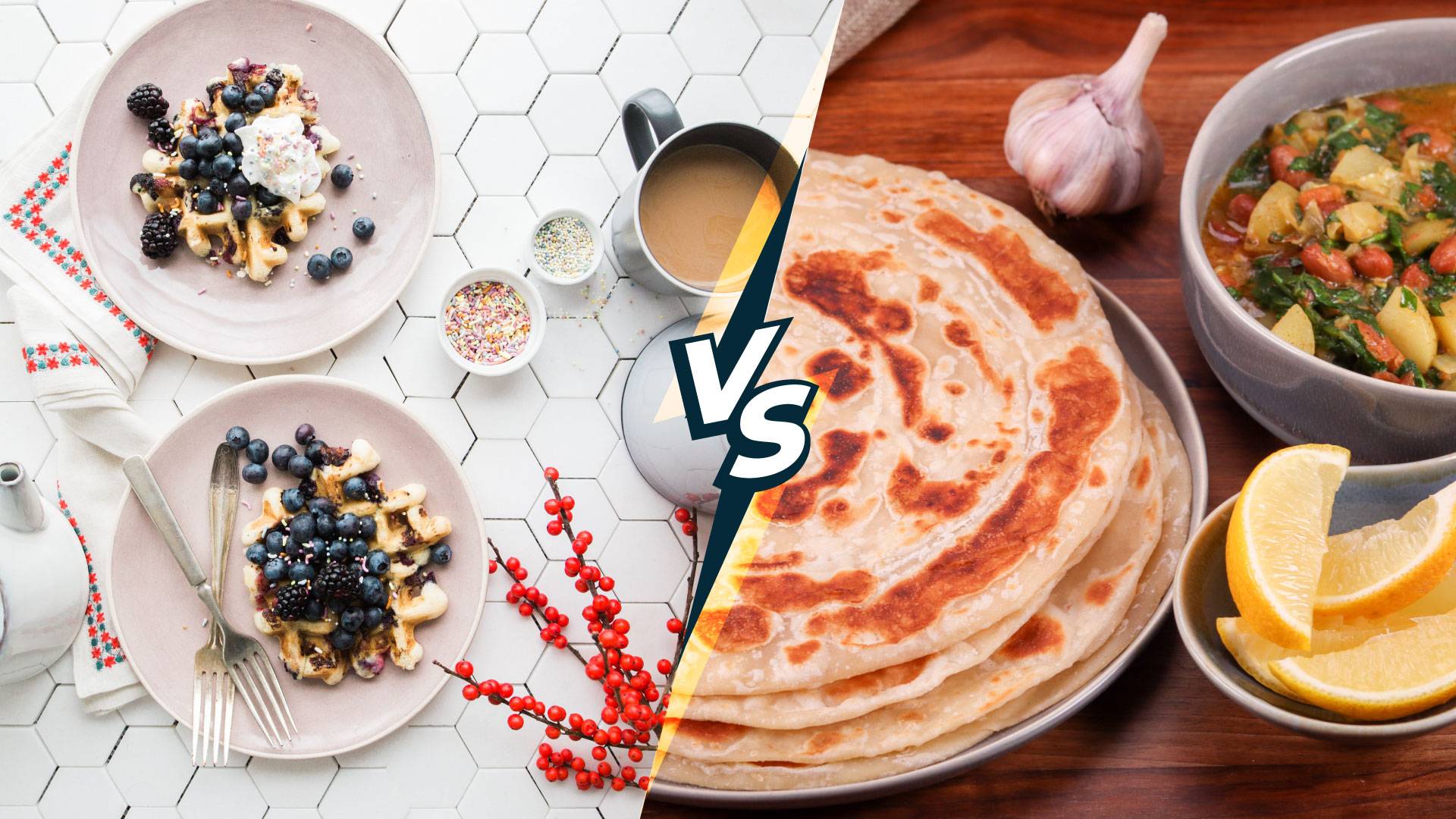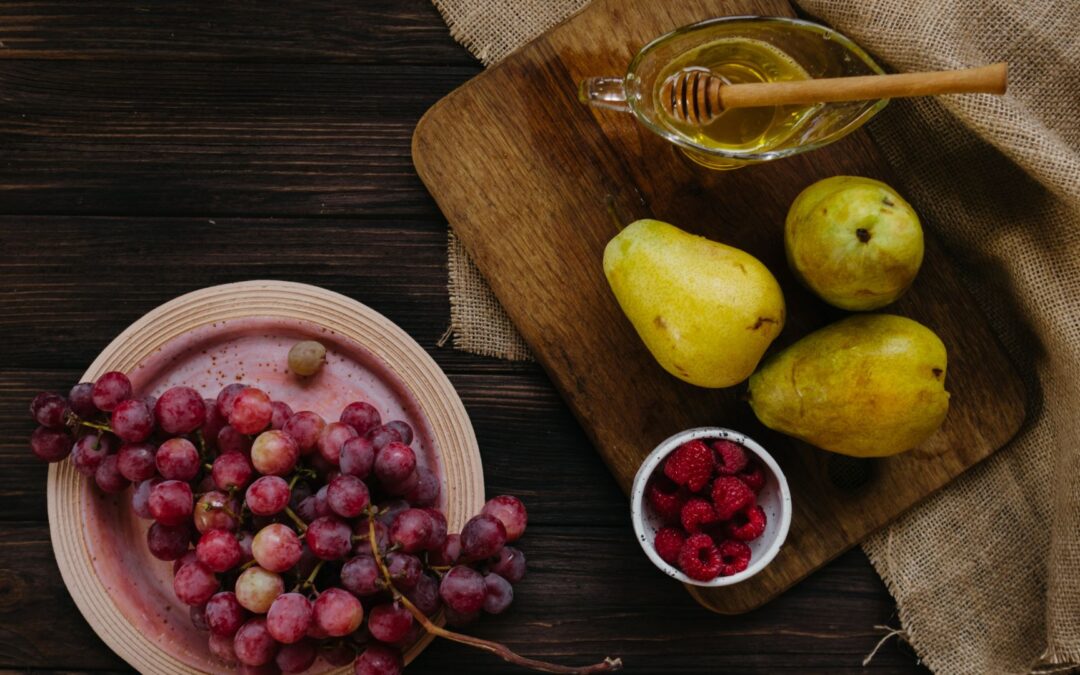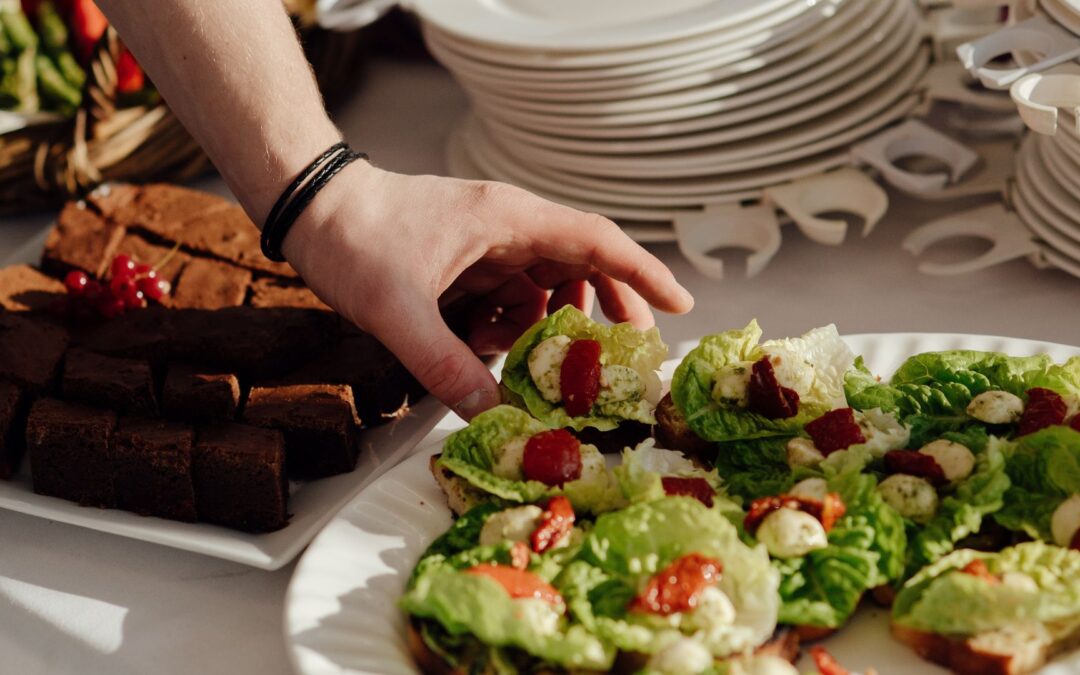The British breakfast originated back in the thirteenth century by the gentry. The gentry class people or society consisted of nobility like landowners or senior members of the priesthood. A message that is still common these days is that the gentry people considered breakfasting the most important meal. Henceforth in the era of The Victorians, the tradition of British breakfast was polished into an art form. Then The Edwardians came across ascertained ingredients which were included in the British breakfast that signifies an icon of British culinary culture. British breakfast has been proudly continued from generation to generation of its society over the centuries.
British breakfast consists of bacon, fried eggs and sausages, grilled tomato, mushrooms, baked beans, toast and a slice of black pudding (similar to bloodlust). Go along with tea or coffee. All the food ingredients are prepared by frying. Because of this, British breakfast is known as ‘fry-up’.
The English full or British breakfast is a harmony of pleasantness on a plate. It is a protein-centric calorie bomb that is enough to repel hangovers and serves energy for a long period.
There are many variations of British breakfast. Like, a traditional Cornish breakfast served with Cornish hog’s pudding. The Welsh eat Laverbread or laver cakes which are made from seaweed paste. Irish includes in their breakfast soda bread, The Scottish like to have tattie scones which are also called potato scones, oatcakes and haggis. The British breakfast keeps being so popular because of good tastes. It is served in hotels, cafes, pubs, restaurants, and B&B’s everywhere in Britain.

The traditional British breakfast is enjoyed at social and family conventions. British breakfast is a national dish, moreover part of British culture which is served with love.
Bangladeshi breakfast has been shaped by the history of regional diversity and climate. Bengali breakfast has been largely influenced by Mughal times that were around the mid-thirteenth century and Indian subcontinents. Bengali breakfast is also influenced by its country’s six seasons.
Different varieties of dishes are typically eaten in different seasons. In a word, the Bangladeshi Breakfast plate is a full picture of spices, seasons and origins.
During the Mughal period, people used to eat Bakorkhani bread as their breakfast mixed with korma which is sweet meat or fish curry, kebab and sweets. The origin of Bakorkhani is Afghanistan. At present Bangladeshi people still like to eat Bakorkhani on their breakfast and snacks menu.
Bangladeshi breakfast tends to differ little from district to district. Typical Bangladeshi breakfast is mainly Ruti known as flat bread or Porota or Paratha known as pan-fried bread served with fried eggs known as omelettes or dalvaji known as a pulse with mixed vegetables or chicken dopiaza. Also, Bangladeshi restaurants offer Naan Roti with Nihari on their breakfast menu. Tea is the most important beverage choice for breakfast.

In the summer season, a breakfast dish called Panta Bhat which is leftover rice soaked in water is found to be eaten in the rural regions of Bangladesh. During the rainy season, people like to eat their breakfast Vuna Khichuri along with Beef or chicken curry or Hilsa fish fry and different types of pickles. In the winter season, Bangladeshi people also like to have Pitha-pulis for their breakfast. Pithas are made from rice flour mixed with date jaggery or date juice known as Gur along with coconuts and milk. Some common pithas are bhapa pitha, Dudh Chitoi pitha, Patishapta pitha, Nokshi Pitha, Puli pitha etc.
The influence of British rule can still be seen in Bengali breakfast, such as five-star hotels and the aristocracy prefers to eat Toast, Bread, Jam, Butter etc. Health-conscious people add cereal to their breakfast. In Short Bangladeshi breakfast tend to be fundamental meal of heavy carb which is enough to fill anyone’s appetite for a long time.






